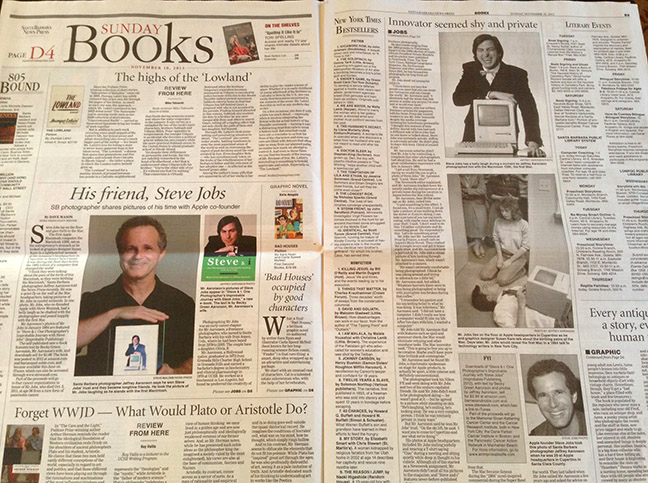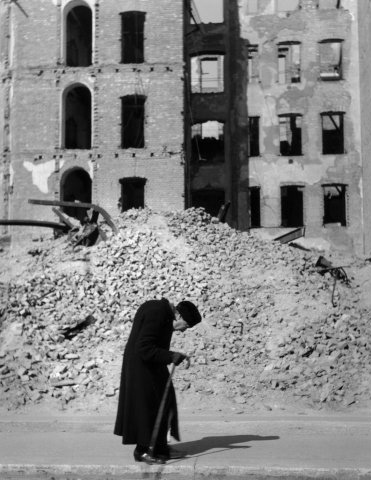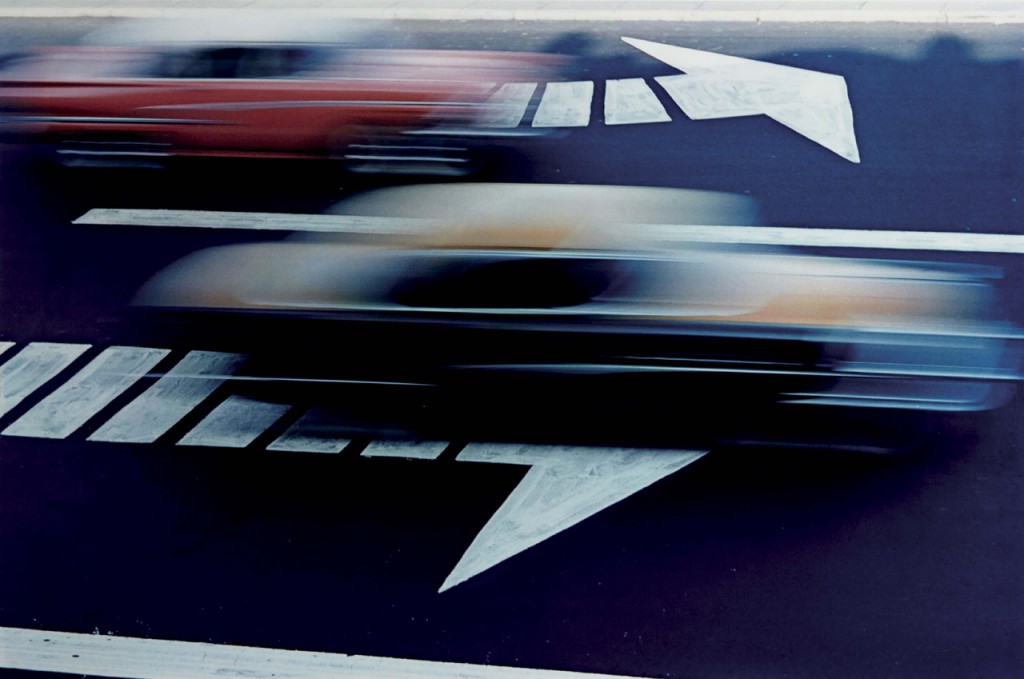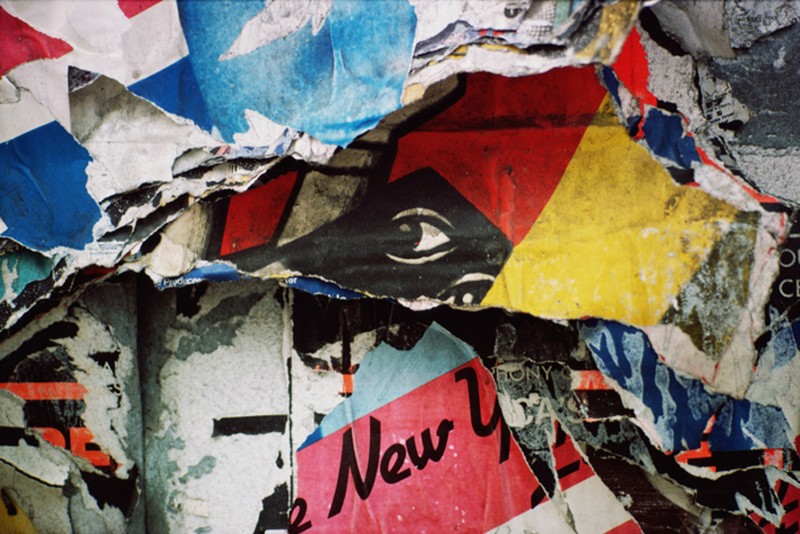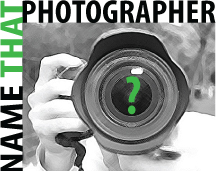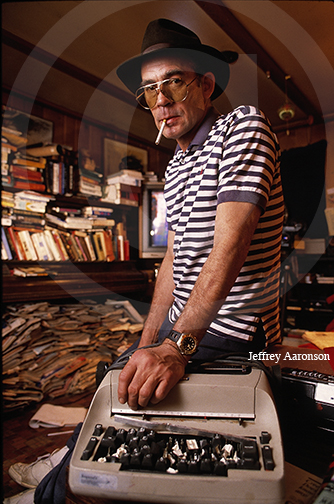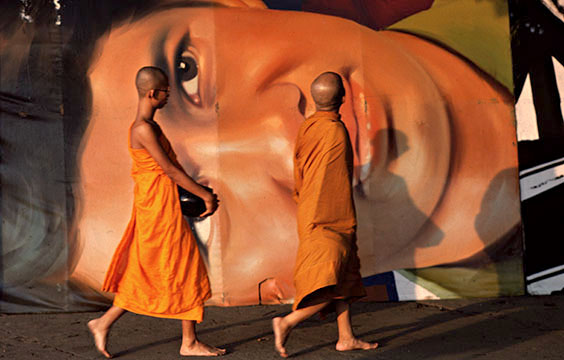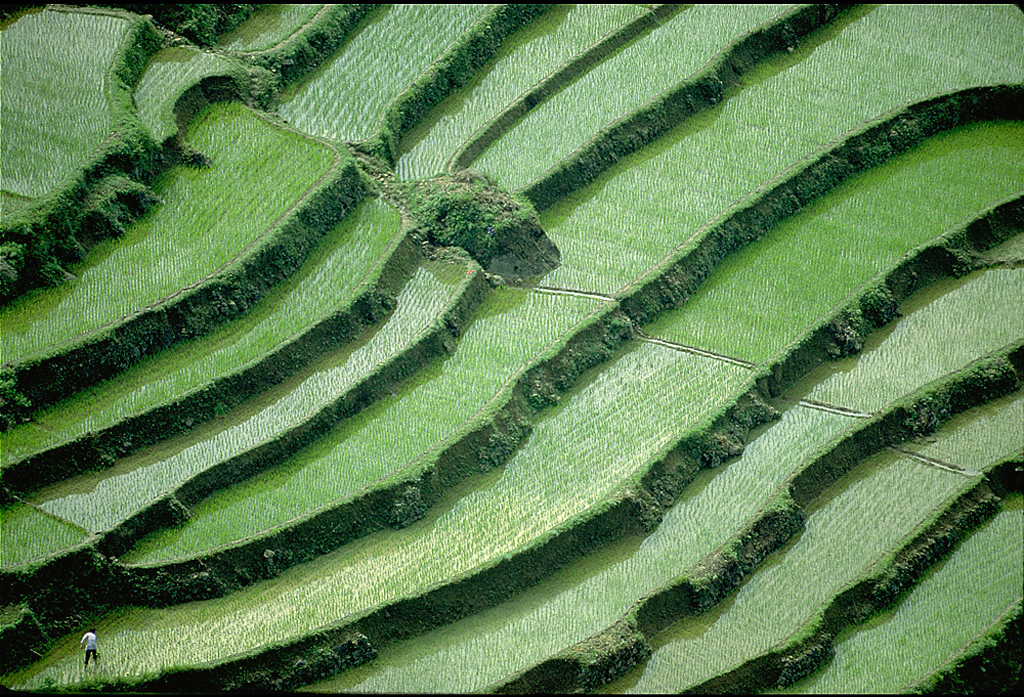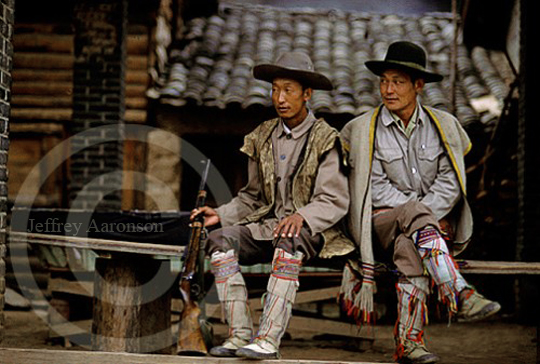The other day my friend Sarah sent me a fun link about a lost time capsule recently found in Aspen by the crew of National Geographic Channel’s Diggers. The capsule was from the 1983 Aspen International Design Conference and it contained a bit of tech history–Steve Jobs’ mouse from his first LISA computer, along with an eight-track recording of The Moody Blues, a Sears Roebuck catalog, the June 1983 issue of Vogue, a Rubik’s Cube and a six-pack of beer.
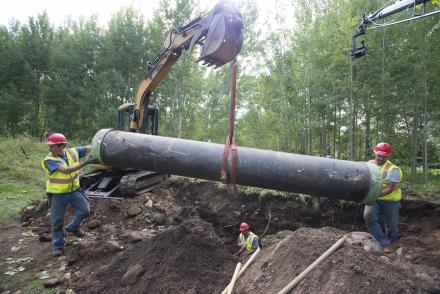
Credit National Geographic Channel
When I read the story, I chuckled out loud and thought, Only in Aspen, as a wave of nostalgia washed over me about the town my husband, Jeffrey Aaronson, and I called home for so many years.
It also reminded me just how much I love time capsules.
In fact, every New Year’s Eve I put my family through the same exercise—creating a written time capsule in which we list all our favorite things and most interesting moments from the year, along with epic world and national events. We often include photos and a few mementos that capture the spirit of our year. Then, so we don’t take ourselves too seriously, we unceremoniously bury it in the junk drawer.
I have to admit, I’ve already unearthed a couple time capsules from five or six years ago, and even in that short time, they already feel historic and full of whimsy. The best part is that I know I never would have remembered some of the things we documented, had we not written them down at the time.
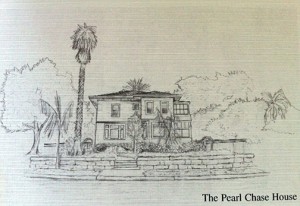 Time capsules come in all forms—some of the most interesting ones are unintended, arriving out of necessity or happenstance. Being lovers of old houses, Jeffrey and I have bought and sold and renovated several historic Victorians, a Craftsman and even a barn. During those renovations we’ve almost always found interesting items stuffed in the walls—things like newspapers from the 1880s, used as insulation, or historic tools or tidbits buried beneath the foundation. Each time those discoveries have made us stop and linger, thinking about previous owners and bygone eras.
Time capsules come in all forms—some of the most interesting ones are unintended, arriving out of necessity or happenstance. Being lovers of old houses, Jeffrey and I have bought and sold and renovated several historic Victorians, a Craftsman and even a barn. During those renovations we’ve almost always found interesting items stuffed in the walls—things like newspapers from the 1880s, used as insulation, or historic tools or tidbits buried beneath the foundation. Each time those discoveries have made us stop and linger, thinking about previous owners and bygone eras.
In some ways being a writer is like creating small time capsules for others to discover, and hopefully enjoy and reflect upon. Continue reading →
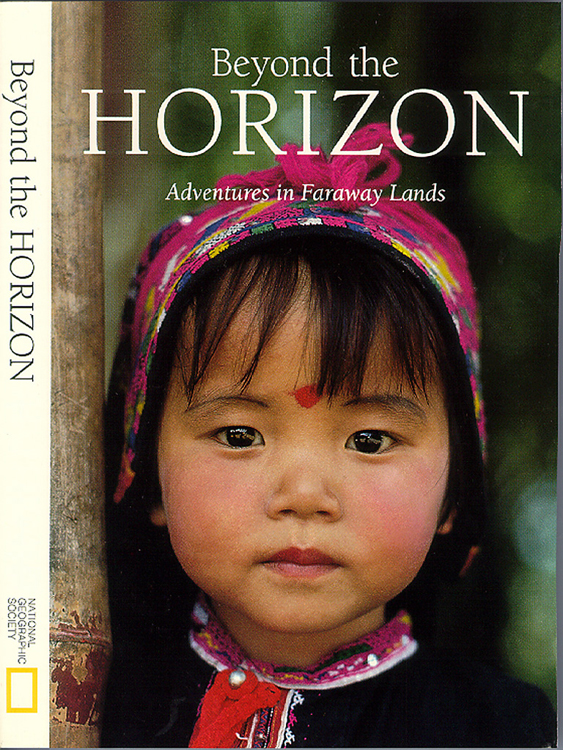 Behind the Scenes: The year is 1990 and Jeffrey Aaronson is photographing on assignment for the National Geographic Society in one of the most remote areas in the world: Muli, China.
Behind the Scenes: The year is 1990 and Jeffrey Aaronson is photographing on assignment for the National Geographic Society in one of the most remote areas in the world: Muli, China. 

